Tourism Is Cementing The Unique Bond Between Leopards And Humans In A Tiny Indian Village
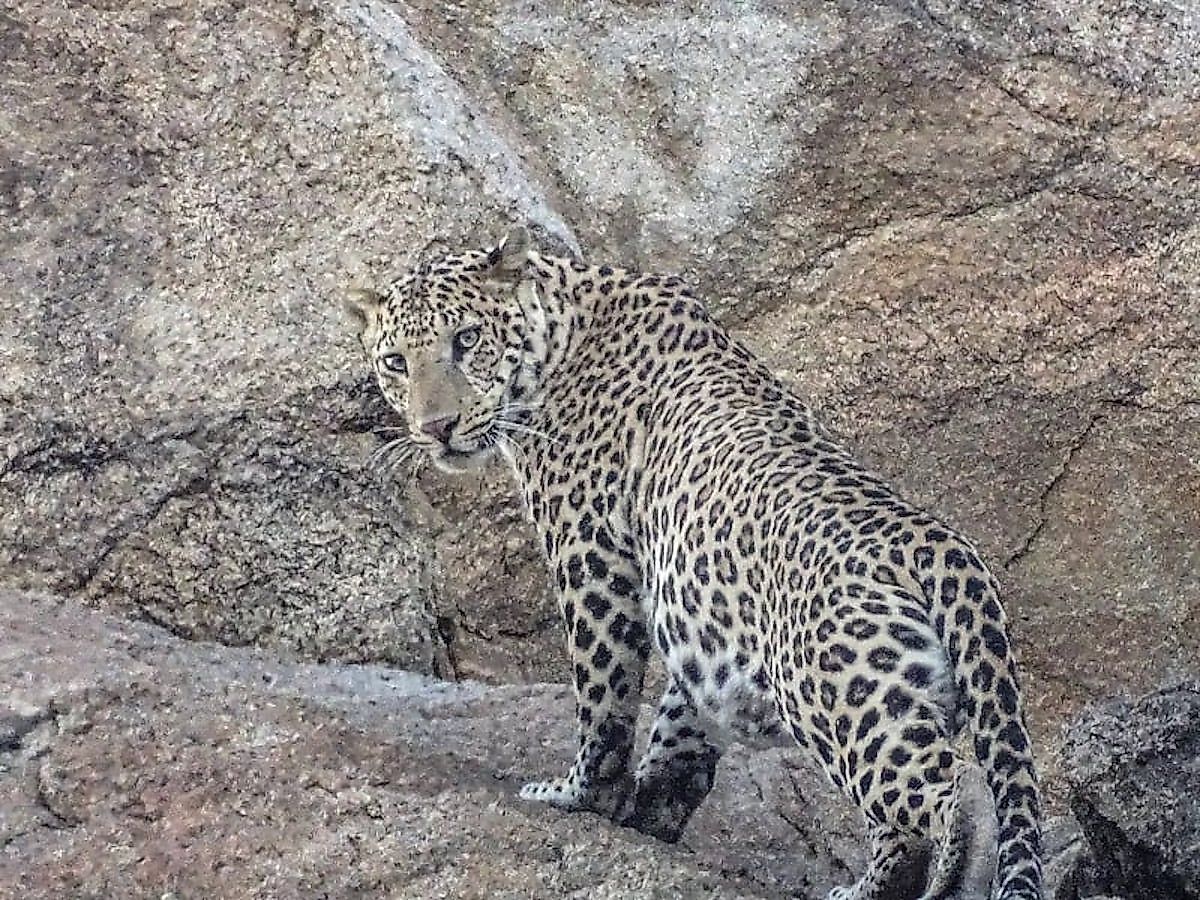
India is a land replete with wildlife. It is also the world's second-most populous country after China, and on the way to dispose the latter from its top position by the year 2027. With the number of humans growing steadily, there is concern about the future of India's wildlife. As of now, however, magic still works in the country where the people of the land co-exist with the wild animals including apex predators like tigers and leopards! Be it a major Indian city like Mumbai or a sleepy little village like Narlai, Indians and wild animals share space, and a culture of tolerance continues to support wildlife conservation in the country. In this article, we explore this unique human-wildlife bond in the village of Narlai. We also learn how responsible tourism can help safeguard this relationship from falling apart due to population and development pressures.
The "Leopard Village" Of Narlai And Its Wild Residents
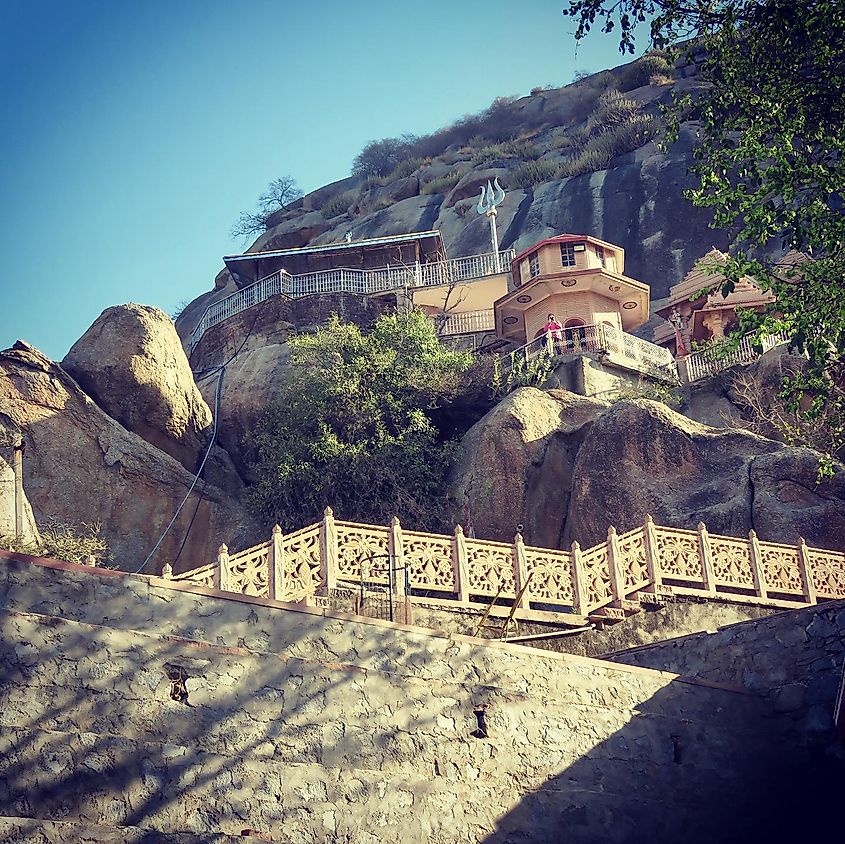
Located at the base of a towering granite hillock called the "Elephant Hill", part of the foothills of the ancient Aravalli chain of mountains in the Indian state of Rajasthan, is the tiny village of Narlai. The boulder-strewn landscape here is dotted with lakes, desert vegetation, and farmers' fields. Nicknamed the "Holy Village" by virtue of its 350 temples, Narlai is also a pilgrimage site for the local Hindus. Every home here has a temple inside it, and people are generally god-fearing. The population predominantly comprises the Rabaris. For centuries, herding animals has been the primary profession of the Rabari community. Today, they practice crop cultivation as well.
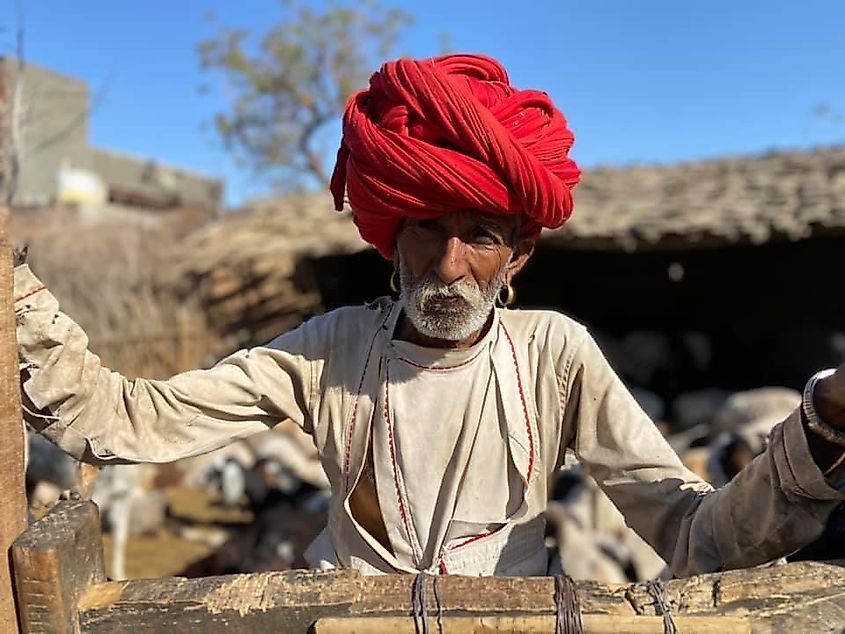
Narlai also boasts of its rich and diverse wildlife that includes the renowned "Leopards of Narlai", several species of birds, crocodiles, snakes, jackals, bears, and more.
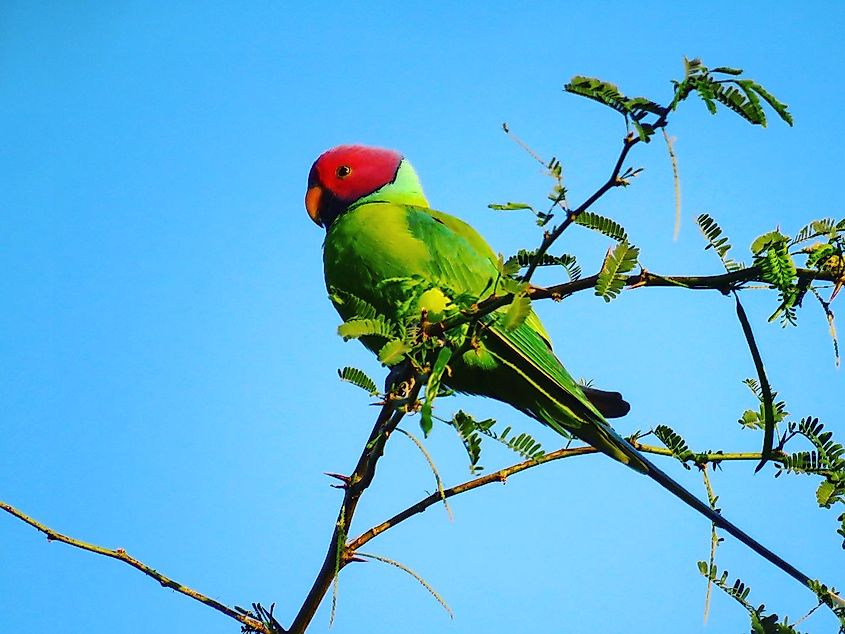
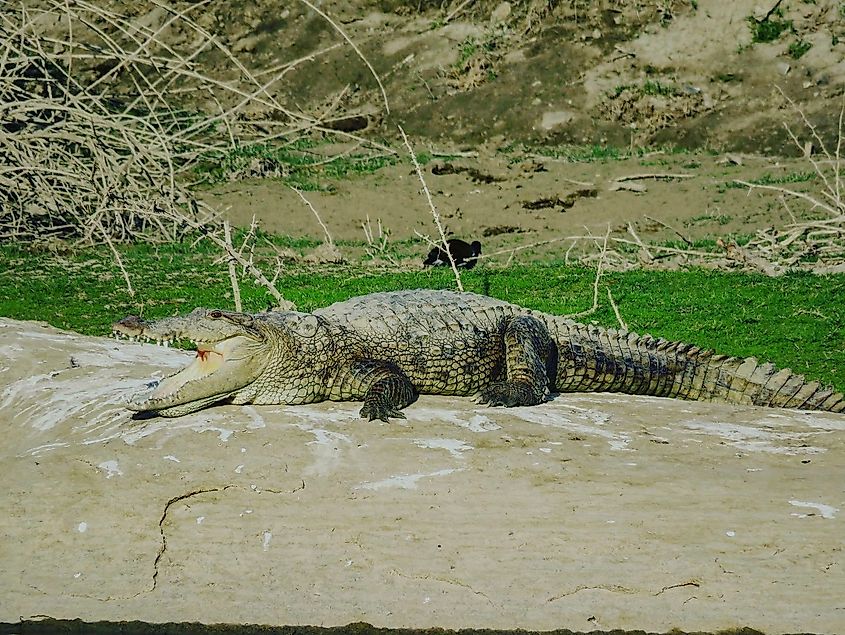
Interestingly, no boundary exists between the leopards and the people of Narlai. Both species share the same habitat and enjoy free movement. In fact, the leopards are dependent on the village for their meals.
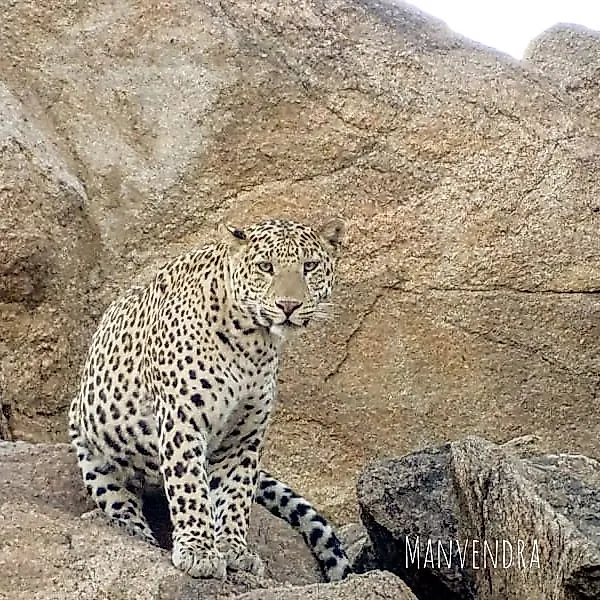
"Leopards are frequent visitors to our village. They come in the dark of the night and often leave with meals that include calves, goats, or dogs," informed Lalaji, a local Rabari who works as a guide at a tourist resort in Narlai. "There is nothing we can do," he continued. "The leopards are too swift and vanish into the darkness even before we catch a glimpse of them," he said with a sigh.
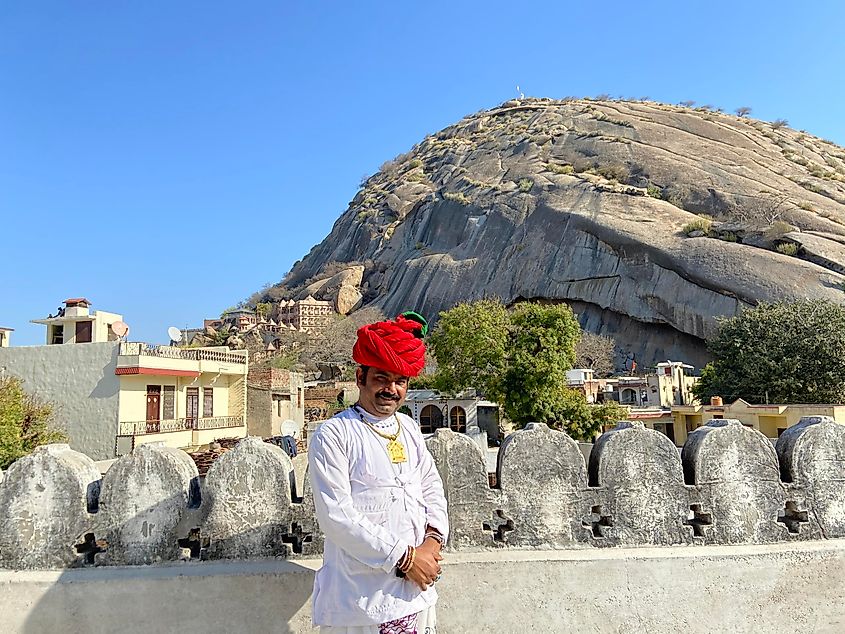
Kinkaram, an aged local farmer, hasn't even sighted a leopard in his life. For him, leopards exist in the form of their pugmarks or the carcasses of the animals hunted by them. "Leopards often enter our village and carry away our animals. But I am yet to see one of them," he said while he tended to his crop field located only a short distance away from where leopards were spotted by tourists the previous evening. Kinkaram doesn't have binoculars nor powerful cameras to catch a glimpse of these alert big cats despite living in leopard territory throughout his life.
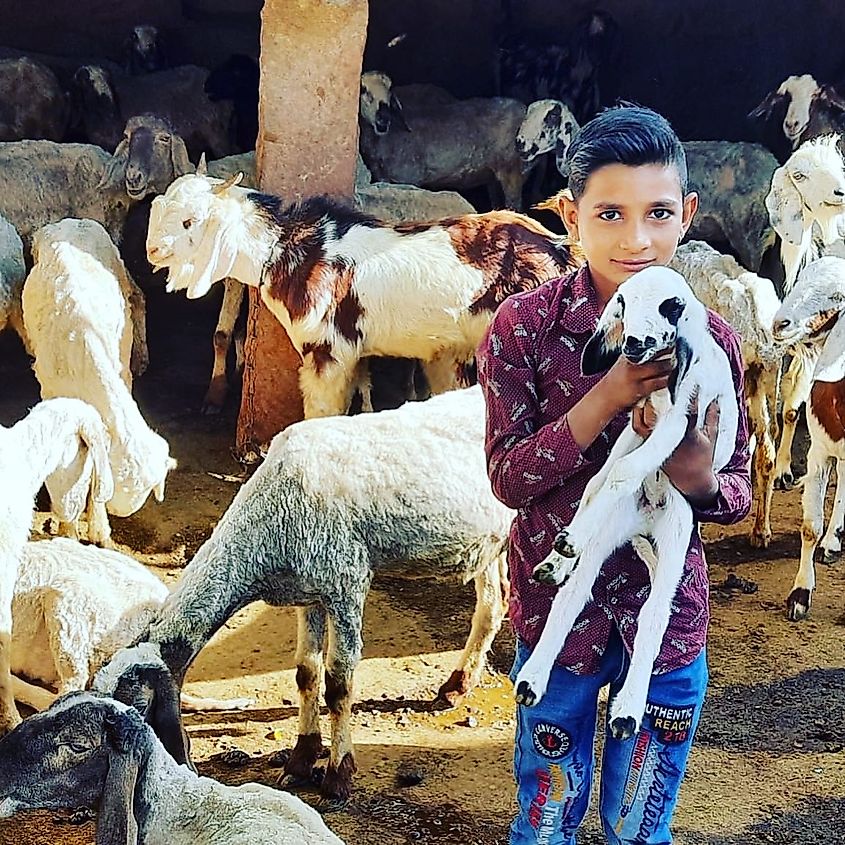
This behavior of leopards is not strange to those who know these predators well. Leopards are called "opportunistic predators." They are often found wandering outside the boundaries of protected areas and in the outskirts of human settlements in search of easy prey like livestock and dogs. Attacks on humans are, however, rare.
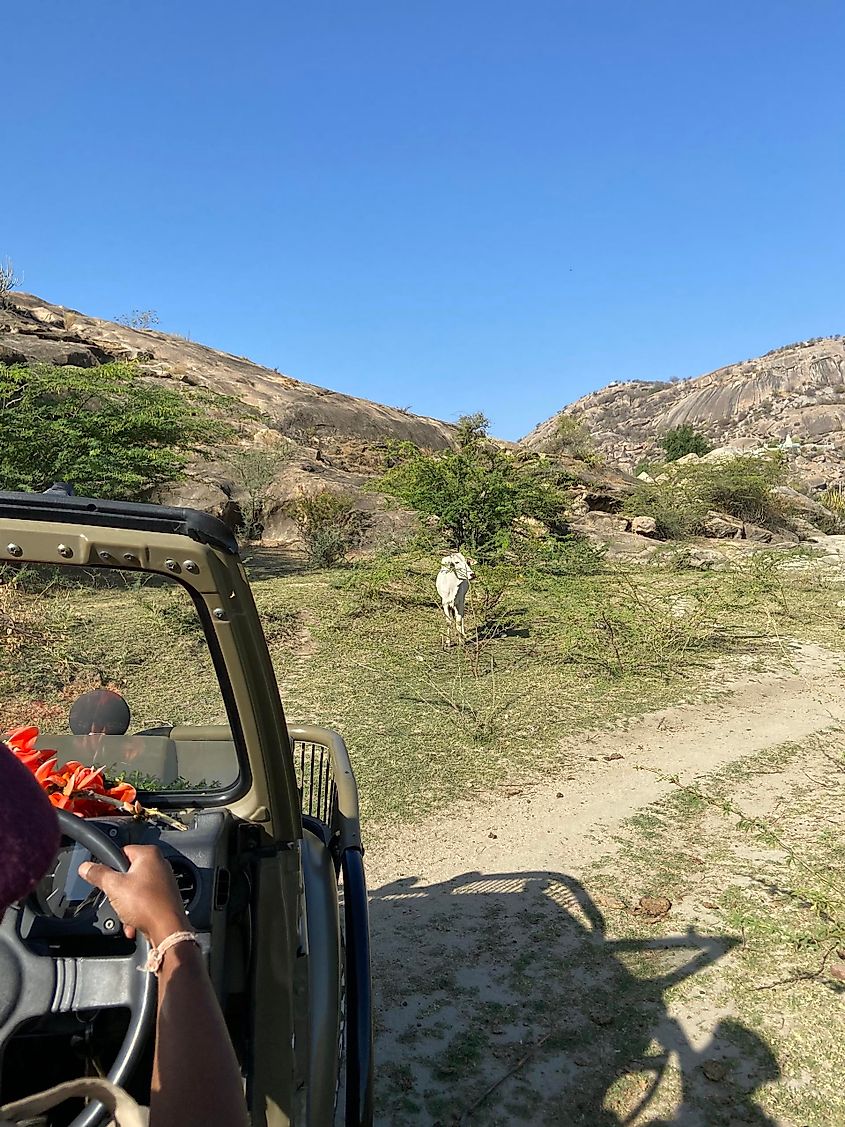
"Narlai's leopards usually keep away from the Rabaris," said Manvendra Singh, activity manager and naturalist working for a tourist resort in Narlai. "In the past, there were reports of incidents of the shepherds taking revenge on the leopards for killing their livestock by poisoning the carcasses on which the leopards feed. For these people, the number of leopards in India or the role of these apex predators in the ecosystem is hardly a matter of concern. Their livestock is their sole source of income. The area not being a part of "leopard zone," villagers cannot even seek compensation from the government for the loss of their livestock hunted by leopards," Manvendra explained.
"At the same time, however, leopards here cannot live without humans as their main prey base is livestock. They have adapted to human presence in their habitat. You can even hear dynamite blasts as mining activities are common in this area. Yet, the leopards are there," he continued.
Thus, despite the locals incurring economic losses due to the leopards, these elusive big cats continue to thrive in Narlai. With natural prey being limited in the degraded habitat inhabited by them, they have adapted to hunt the village animals. And they appear to be doing quite well. The image of the female leopard and her three cubs below is evidence of this fact.
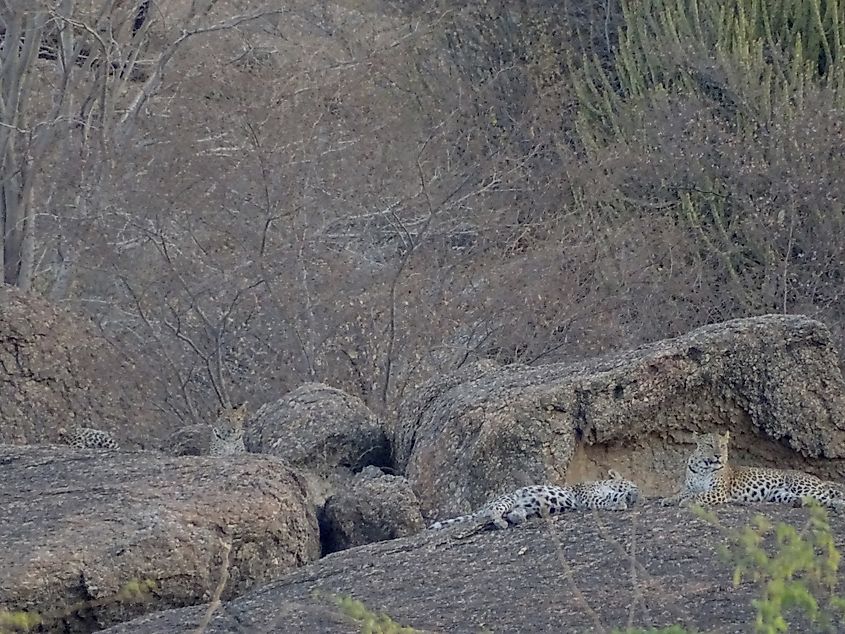
What makes this work? How do these elusive, nocturnal, solitary predators survive in such a challenging landscape where human activities like livestock grazing, cultivation, and mining are heavily practiced?
According to experts, leopards are a highly adaptable species that have learned to survive well in human-dominated landscapes in rural and even urban India. For example, the Sanjay Gandhi National Park and its peripheries located in India's second most populous city of Mumbai hosts a population of over 40 wild leopards! The traditional tolerance for wildlife in India also works in favor of its leopards.
However, there is also fear that growing population, habitat destruction, and degradation will increase the number of negative interactions between humans and leopards in India. Such reports are already pouring in from all corners of the country including cases of leopards being brutally put to death by angry mobs.
In Narlai, however, such extreme cases of violence against its leopard residents are not heard of. Although occasional cases of poaching and poisoning have been recorded in the past, people, in general, have accepted the presence of these animals while the latter have learned the tricks of avoiding confrontation with the humans. The arrival of domestic and foreign tourists to watch leopards in this otherwise small and remote village has also associated Narlai's leopard population with economic benefits.

"Tourism plays a very significant role in this unprotected landscape. As leopard safaris are a major attraction for tourists visiting Narlai, the income earned through such tourism is useful to the local people. Tourism also supports the presence of naturalists, trackers, and other staff who constantly monitor the leopards in Narlai. A few days back, we rescued a leopard cub caught in a snare meant to catch smaller animals like rabbits. Luckily, it was reunited with its mother," Manvendra explained the significance of leopard tourism in Narlai.

Leopard tourism is a relatively new concept in India where the tiger, the country's national animal, grabs most of the spotlight. But times are changing, and wildlife tourism has now started focussing on other species, especially the charismatic leopards. But tourism does not always have a positive effect, especially when it becomes unregulated. In nearby Bera that claims to have one of the highest densities of leopards found anywhere, tourist numbers have surged over the years. Conservationists have raised concerns that the unrestricted growth in tourist facilities could reduce leopard habitat in the area. Reports of some hotel owners using baits to attract leopards for tourists have also surfaced.
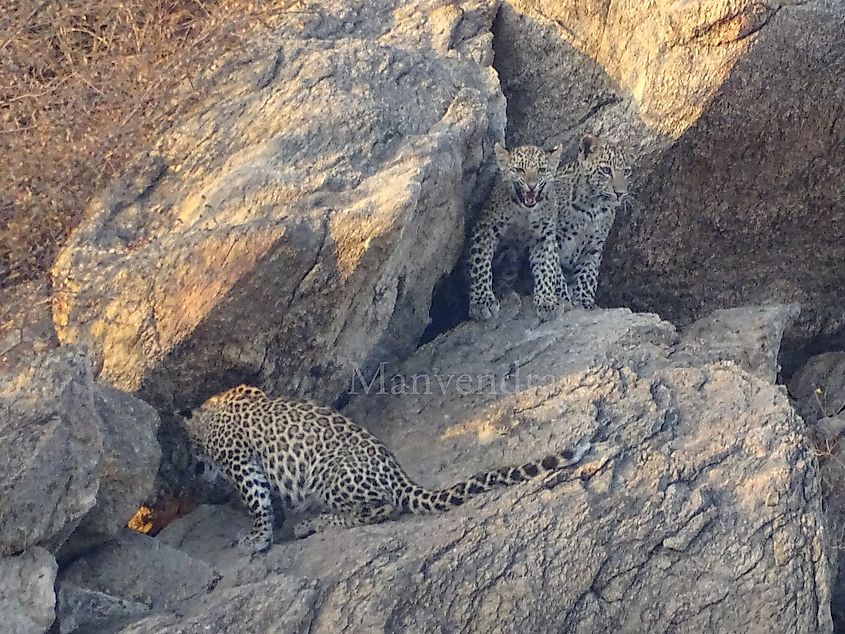
Coming back to Narlai, however, tourism seems to be working pretty well for the region's leopards and people simultaneously. Tourists do not just engage in leopard safaris but also attend other activities like village walks, visiting local shrines and temples, and nearby attractions. Shopping for local handicrafts in the village also adds to the income of the people.

While the leopard is protected by strict laws in India, at the end of the day, it is the tolerance of the local residents that allows these magnificent predators to survive in an unprotected habitat like Narlai. Responsible tourism adds to the star value of these leopards by bringing income to the locals. It ensures that these solitary animals are not forgotten in the chaotic world of humans.











